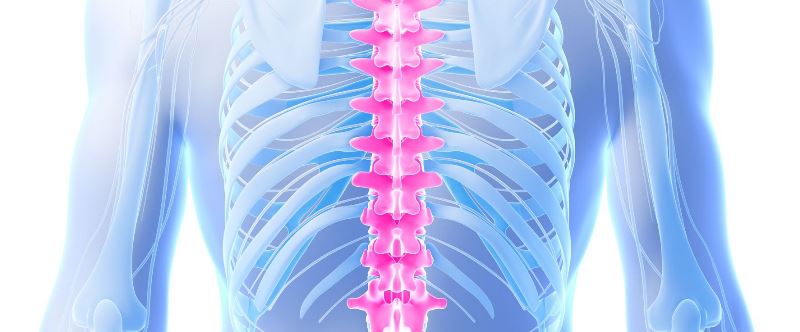Spinal Cord Stimulation Could Decrease Opioid Use In Chronic Pain Patients
Category: Nerves, Spine Pain | Author: Stefano Sinicropi

New research suggests that spinal cord stimulation could help decrease or stabilize opioid use among patients who deal with chronic pain.
For those of you unfamiliar with the device, a spinal cord stimulation system consists of a device that is implanted into the patient to help stop painful nerve signals from being relayed to the brain. The device transmits low levels of electrical energy to nerve fibers, which interrupts the normal flow of pain signals to the brain in individuals with chronic pain.
Spinal Stimulation Study
For their study, researchers evaluated opioid usage in 5,476 patients with chronic pain both before and after they received spinal cord stimulation. After looking at the data, here’s what researchers uncovered:
- Spinal cord stimulation therapy was effective for chronic pain sufferers at any level of opioid usage before implantation.
- After successful stimulation therapy, the average opioid use was lowered or stabilized in 70 percent of patients compared to usage rates prior to therapy.
- Patients who successfully had their pain levels lowered significantly reduced their opioid use by one year post-implant. Conversely, patients who had their implant removed saw an increase in their opioid use over time.
- In all, 93 percent of patients who continued spinal cord stimulation therapy had lower average daily morphine-equivalent doses compared to patients who had their stimulation devices removed.
“Based on these results, we concluded it may be possible to improve outcomes by offering patients spinal cord stimulation earlier, before opioid dependence and addiction can occur,” said Dr. Ashwini Sharan, director of Functional and Epilepsy Surgery at Vickie and Jack Farber Institute for Neuroscience.
Decreasing Opioid Dependence
Cutting down on opioid dependence is the goal of all spine care specialists, because opioids don’t work to solve the long term problem of spine pain. They can help control pain in the short term, but they aren’t an active treatment option that has long-term recovery in mind. If spinal cord stimulation can help decrease pain levels and wean patients off of opioids, it seems like a win-win.